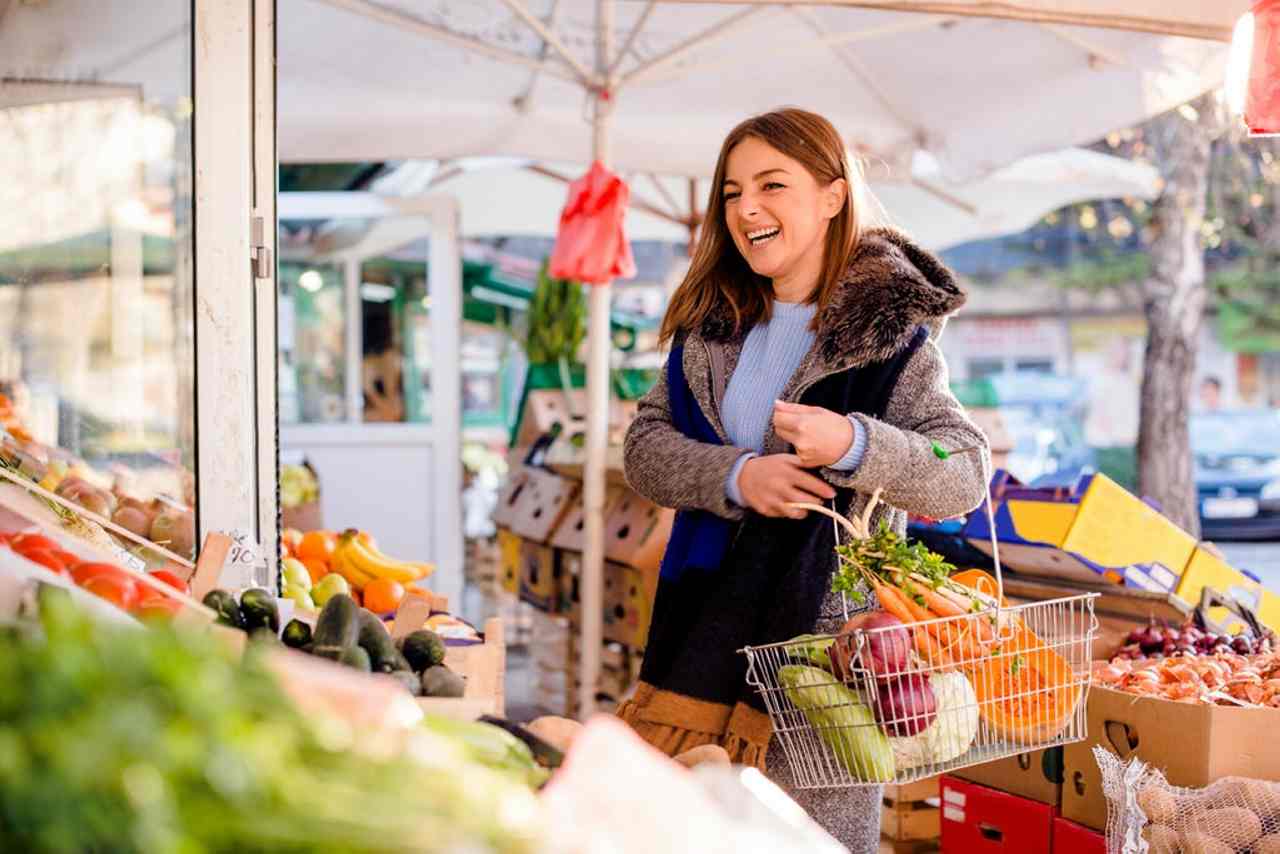You’ve already made recycling a lifelong behavior, you proudly reject single-use plastic straws and bottles on the every day, and also you carpool or take public transportation each time doable — if Earth might speak, it will thanks profusely for doing all of your half to scale back your carbon footprint, stop international warming and save our oceans. However is there much more you can be doing to assist? Sure, and it begins together with your meals decisions.
Select Your Substances Properly
Fueling your physique and mind with the perfect vitamins doable doesn’t need to take a again seat to a mission of sustainability. Actually, these two initiatives simply go hand in hand. And in contrast to abs, which everyone knows start within the kitchen, sustainably sourced substances truly begin within the fields.
“During the last 100 years, our meals system has gone by way of a major transformation from small native farms to a big industrial system,” explains Margie Saidel, MPH, RD, LDN, vice chairman of vitamin and sustainability at Chartwells K12. “As our life have developed, so have our consuming habits. We now demand a big number of cheap meals, always of the 12 months, that are closely processed and preserved. It seems that the way in which we’ve all loved consuming for thus lengthy is damaging our surroundings and planet. Sadly, the result’s the onset of local weather change and the upcoming wrestle to feed our rising international inhabitants.”
Fortunately, it’s not all gloom and doom. Saidel says we are able to all do our half to eat extra sustainably, and one after the other, we are able to create change — beginning with the next:
Put Vegetation First
It’s healthiest to fill half your plate with vegatables and fruits as a result of vegetation can present the protein your physique wants, together with nutritional vitamins, minerals and phytochemicals to keep up well being and safety from illness. However this isn’t restricted to leafy greens — don’t neglect about legumes, lentils, tofu, tempeh and seitan, that are a number of examples of wonderful plant protein sources.
Focus On Seasonal and Native
Have you ever grown accustomed to having all kinds of recent produce accessible at your supermarkets always of the 12 months? “On account of our international financial system, we import vegatables and fruits from across the globe to make them accessible to us even when they’re out of season regionally,” Saidel says. “Consuming seasonally signifies that you eat produce when it’s grown in your native space.” This strategy places extra emphasis on supporting native farmers and reduces the time and distance between harvest and market. Search for farmers markets and community-supported agriculture in your space. You’ll get pleasure from recent merchandise that have been grown in your group or close by that style nice — and if there are particular gadgets you crave year-round, you’ll be able to protect them by canning or freezing.
Choose Sustainable Seafood
Select seafood that’s both caught or farmed in a means that protects the harvested species and different species, in addition to the ocean itself. It’s rather a lot simpler than you may suppose to find out how sustainable your seafood is — the famend Monterey Bay Aquarium Seafood Watch helps you make sustainable decisions with a free cellular app that classifies fish in “finest,” “good” or “keep away from” classes for a wholesome ocean.
Eat Entire Meals
Entire meals imply as near their pure kind as doable (learn: much less processed). Some straightforward substitutions to ease you in embody mixing half whole-wheat flour with half white flour the following time you make cookies (the youngsters received’t discover!) or mixing half brown and half white rice together with your favourite meal. As well as, Saidel says recent produce, seeds and nuts of their pure kind are incredible decisions to offer the widest number of vitamins doable to keep up your well being and forestall illness.
Cut back Animal Protein
“Many individuals don’t notice that animal meals manufacturing has a devastating impression on the setting due to greenhouse gasoline emissions, land used for livestock feed as a substitute of meals to feed people, and the huge water necessities of animal meals manufacturing,” Saidel explains. “This doesn’t imply you have to hand over consuming meat — however there are a selection of issues you are able to do to play your half in defending the planet.” She says that eggs, dairy, poultry and pork have a decrease environmental impression than crimson meat, so swap up your animal protein sources to eat fewer hamburgers, steaks and roasts. You can also cut back your regular portion dimension of animal protein by combining each plant and animal sources (e.g., mix your burger with mushrooms or legumes or have a beef and bean burrito). You can also experiment with recipes equivalent to a plant-focused stir-fry, salad, grain bowl or pasta dish during which animal protein shouldn’t be the star of the present however performs a extra supporting function. Lastly, whenever you do buy meat, all the time select grass-fed, pasture-raised natural meats.
Cut back Meals Waste
The USA Division of Agriculture estimates {that a} whopping 30 to 40 % of the meals we purchase results in landfills. “You are able to do your half to scale back meals waste beginning in your individual residence with a number of modifications to your routine,” Saidel says. “Begin with planning meals for the week and take your ingredient checklist to the grocery retailer. Even higher, plan your meals with the intent of using the meals that’s in your fridge or pantry. You can also freeze leftovers to make use of one other day.” Lastly, retailer meals appropriately to increase its life by utilizing the free FoodKeeper cellular app from Foodsafety.gov.







